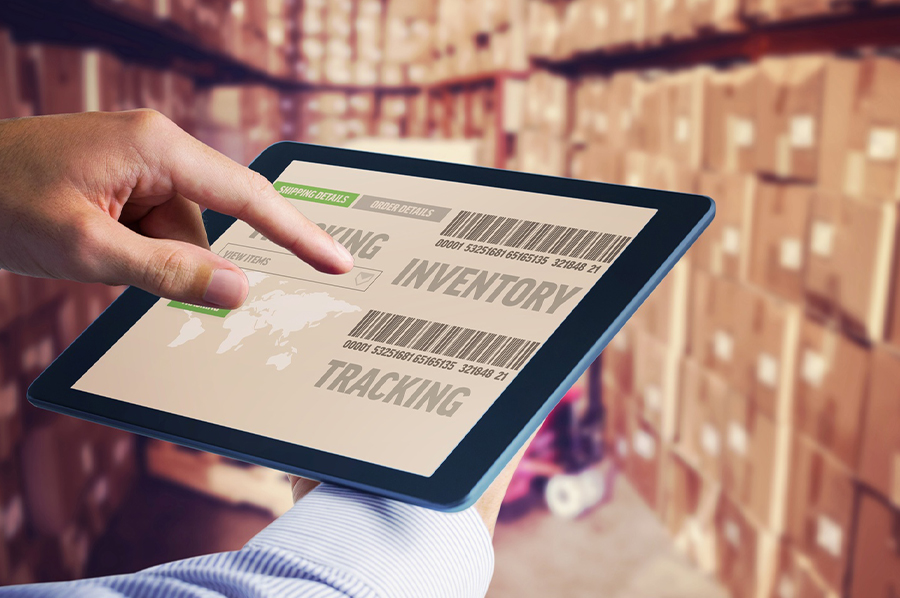Optimizing inventory is one of the keys to making sure that a business is both agile and profitable. Inventory needs to be tracked and stored carefully, and a company should not stock more inventory than it needs at any given time. When retailers pay close attention to their inventory optimization, they will be able to take advantage of cost savings and capital production.
What is Inventory Optimization? Inventory optimization is the practice of having the right inventory to meet retailers’ target service levels while tying up a minimum amount of capital in inventory. To achieve this, you need to account for both supply and demand volatility. Inventory optimization is the next level of inventory management for warehouse and supply chain managers and buyers.
Why is Inventory Optimization Necessary? There are multiple components to run a successful business. It’s not only a must to be able to sale the products but the distribution and manufacturing departments need to save money and time. By speeding up the storage process, new inventory can be replaced for more sales. By tracking all steps of the supply chain, a business’s value can greatly increase. Inventory optimization is successful when the supply chain is accurately monitored and managed. When all the information is available, the proper type of management can reduce cost, provide better customer service, and prevent theft or food spoilage.
Here are five ways to help you as a retailer optimize your inventory:
- Apply 80/20 Principle
In many industries, 80% of retailer’s sales will come from 20% of their stock. Once they’ve analyzed their sales patterns they can apply this to purchase a greater percentage of inventory of their most popular items, while saving on shipping costs by ordering extra stock with one order.
- Rely on Accurate Inventory Predictions
Depending on the business, some companies may need more products at certain times of the month or year. Keeping a regular spreadsheet of customer sales and inventory can help foresee future spending trends. Accurate predictions take time and data that must be correctly documented, using NEXX ERP, you can optimize your inventory and have accurate inventory history to predict how much inventory is necessary during specific times of the year.
- Manage Inventory Levels
One of the best ways to manage inventory levels is to forecast what types of products you as a retailer will need and when. This supply and demand forecasting can be put into place using AI systems. Retailers’ company’s needs may fluctuate seasonally, or they may depend on other business trends. Setting up a forecasting system will enable your company to stay ahead of the curve when it comes to inventory decisions.
- Make Sure Your Database is Strong
Optimizing inventory is accomplished by creating robust material data. If a company does not have a clean and trusted data foundation that provides accurate information about all of its inventory, it may make poor decisions based on this information. It is necessary to make sure that all departments within the company know how to use the inventory control system. Otherwise, bad data could be introduced into the system, causing people to be misled about the inventory levels.
- Increase the Order Frequency & Decrease the Order Quantity
Retailers can also keep their inventory low by reducing order quantities and placing orders more often. The advantage here is that their average storage capacity is kept low and they can effectively save on storage costs. However, to put this into practice, retailers also need to coordinate with their warehouse logistics specialist whether the warehouse can handle a more frequent ordering rhythm. Is there always enough staff on site to receive deliveries and store them according to type? Good data quality and thus reliable forecasts for future customer orders are also essential to have sufficient goods in stock.
In conclusion, effective inventory management represents one of the easiest ways for retailers to cut costs. Relatively simple processes, like tracking, forecasting, and contingency planning, can lead to a significant reduction in the cost of acquiring, holding, and shipping stock. Being open to untried fulfillment methods, like cross-docking and alternative courier selection, can further diminish costs. It’s also worth remembering that all of these methods require a unified approach to gathering and interpreting data, which can be made dramatically easier by utilizing the software.
By Carolyne Rabut
Content Marketing – CompuLynx




